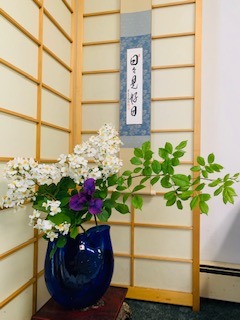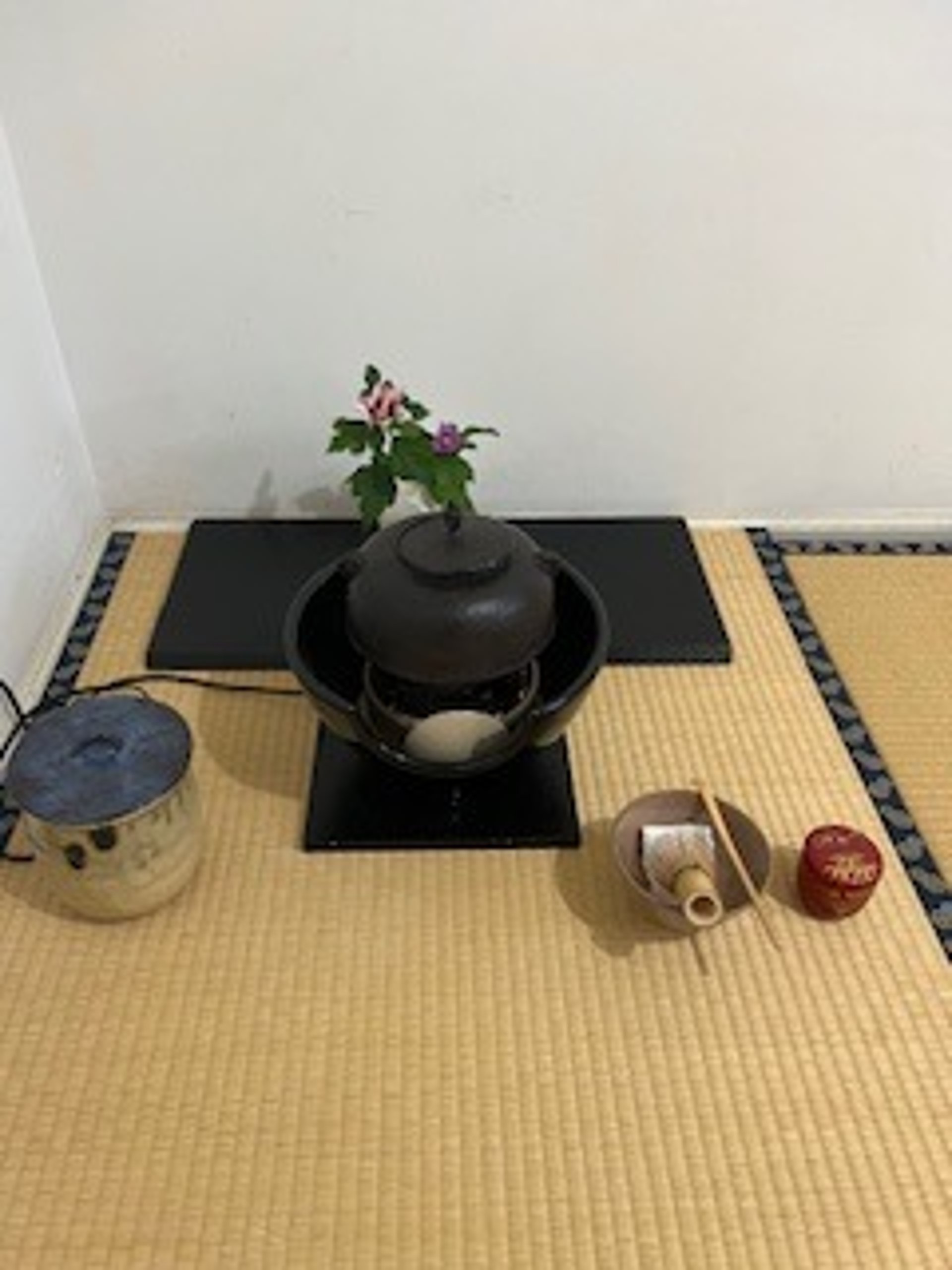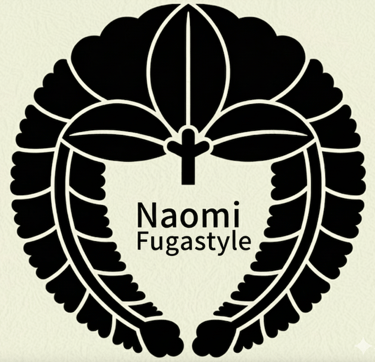Serenity in Tradition "Ikebana"
Experience mindfulness and harmony through the art of the Japanese Ikebana
Explore the Art of Ikebana
Immerse yourself in the tranquility of Ikebana, where each arrangement is a mindful journey towards balance, beauty, and mindfulness in everyday life, reflecting the essence of Japanese traditions.


150+
15
Peaceful Mind
Inner Harmony
Ikebana Gallery
Explore serene arrangements that embody mindfulness and natural beauty.








What is Cha-bana (茶花)
“flowers should be arranged as they are in the field,” chabana avoids extravagant or overly decorative arrangements.
Instead, it emphasizes simplicity and natural beauty, often using wild grasses and seasonal flowers that grow in the mountains and fields. The guiding aesthetic is one of unpretentiousness, and the preferred method of arranging is known as nageire—a spontaneous, natural style of placement.
Though modest, chabana captures the essence of each season and the subtle passage of time, quietly enhancing the atmosphere of the tea gathering. Within its simplicity lies the spirit of the tea ceremony itself.


A transformative experience for the soul.
Sophia
"
Learn * Cha-bana
Choosing Flowers According to the Season
In the way of tea, a deep appreciation for the changing seasons is essential. Each of the four seasons—spring, summer, autumn, and winter—has its own flowers and plants that are commonly used in chabana. Let’s practice arranging seasonal flowers.
Spring: Camellia (Tsubaki), Plum Blossom (Ume), Rapeseed Blossom (Nanohana), Spicebush (Kuromoji)
Summer: Hydrangea (Ajisai), Summer Camellia (Natsutsubaki), Rose of Sharon (Mukuge)
Autumn: Balloon Flower (Kikyo), Wild Chrysanthemum (Nogiku), Japanese Anemone (Shumeigiku)
Winter: Wintersweet (Roubai), Narcissus (Suisen), Adonis (Fukujusou)




Monthly Cha-bana lesson
We have monthly Cha-bana lesson based on using seasonal flowers
Trial lesson
Let you try to arrange Cha-bana by your style

Contact: artspacenakahashi@gmail.com
Experience mindfulness through Japanese tea ceremony on the Tatami Room
Time schedule: 1 hour Fee: $80 ( $10 discounted from $90 by Feb 2026)
Pleae contact any inquiry, regarding, class, personalized consulting,,,etc..
artspacenakahashi@gmail.com
© 2024. All rights reserved.
